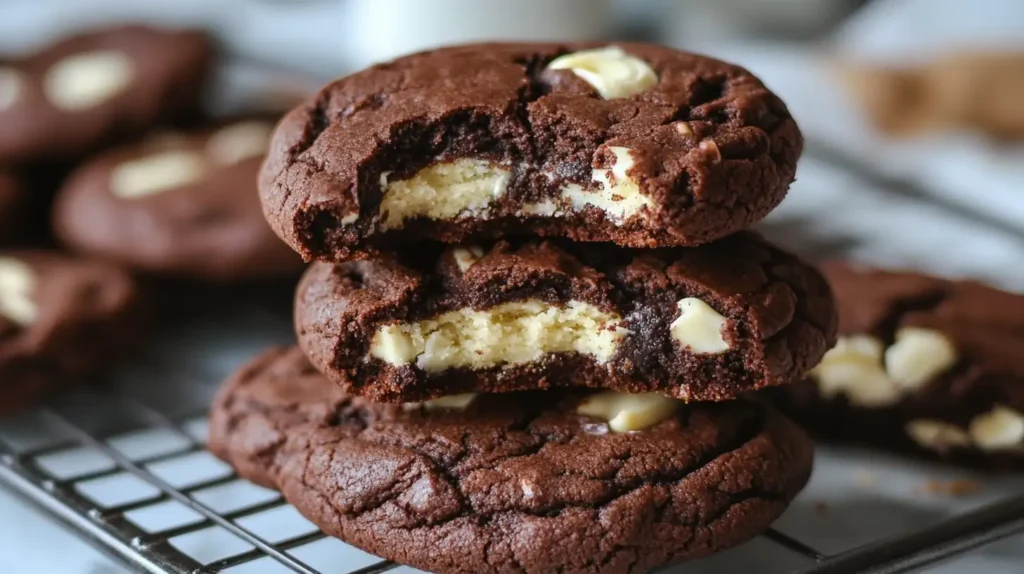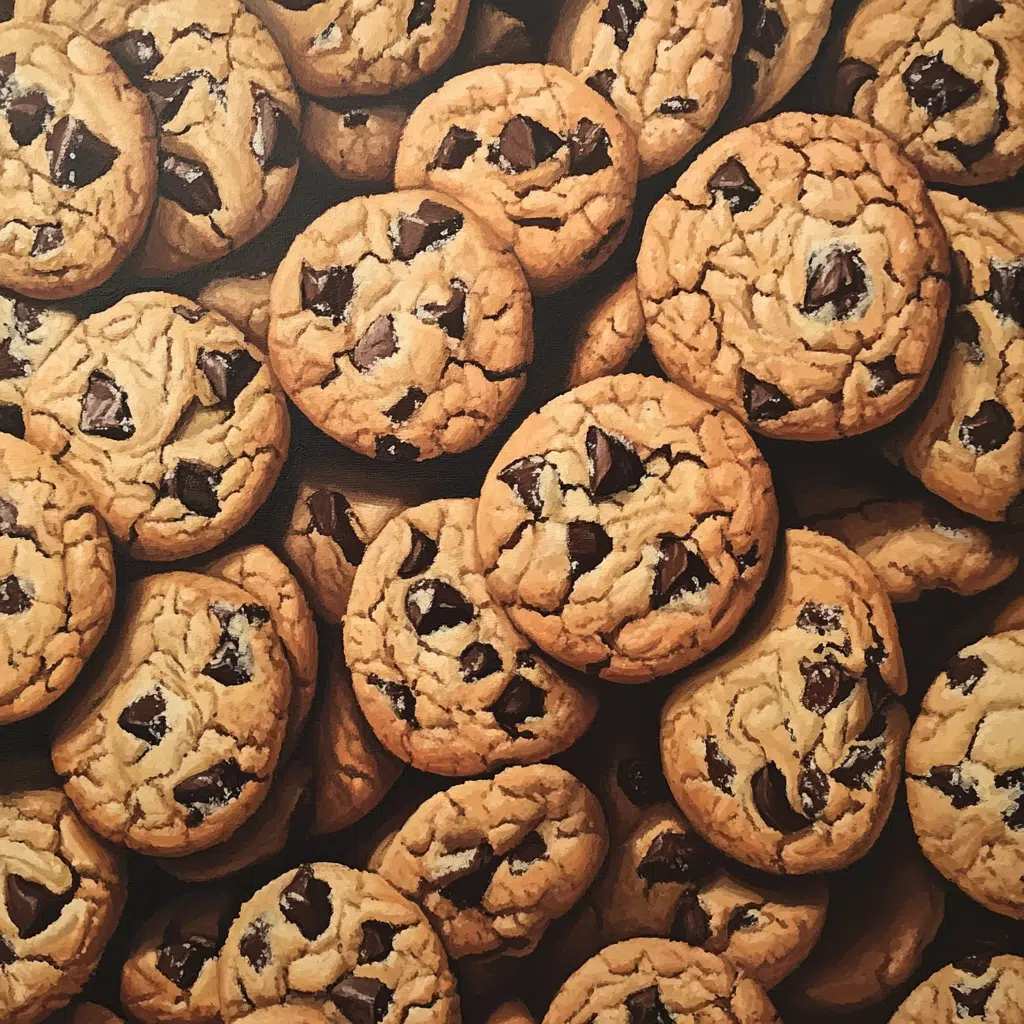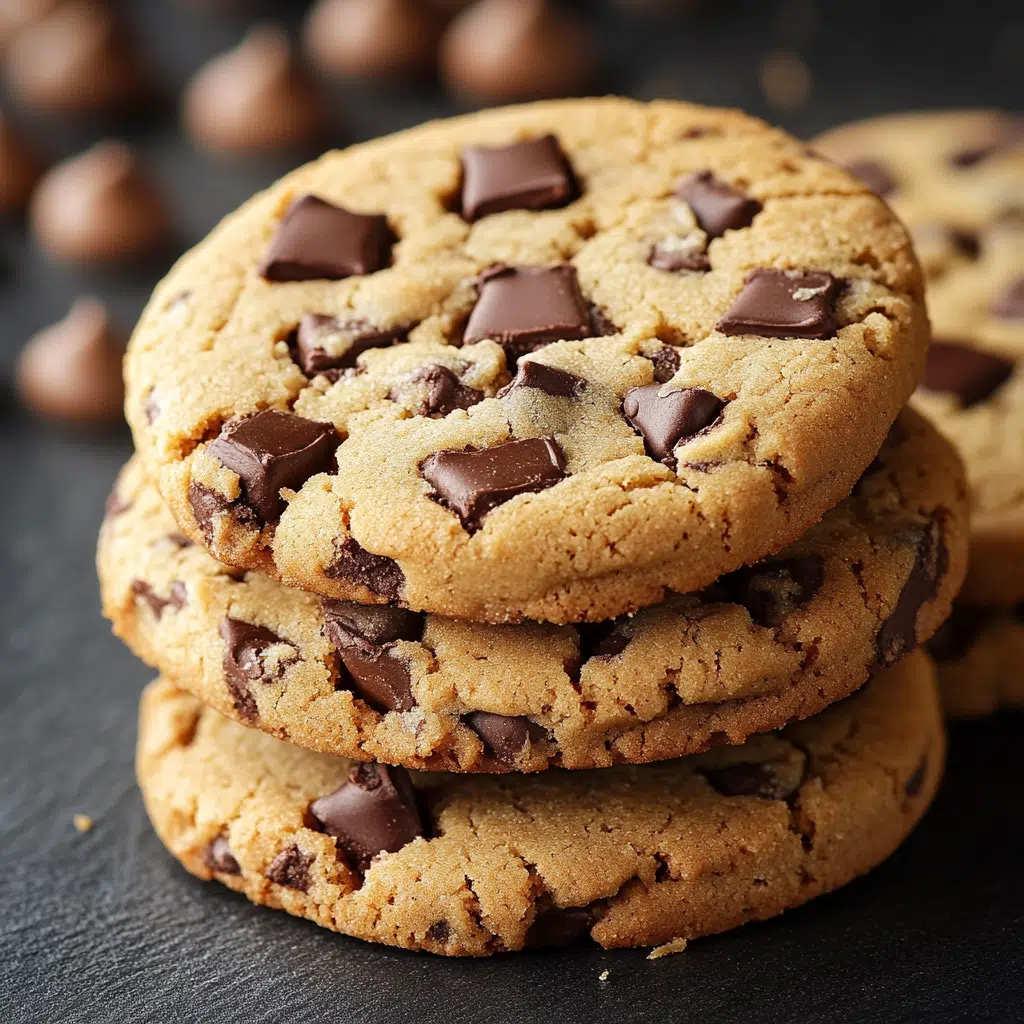Introduction to Cookie Density

What Ingredient Makes a Cookie Dense?. Cookie density is a defining characteristic of baked cookies, determining whether they are soft and chewy or thin and crispy. Many factors influence density, from the ingredients you choose to the techniques you use during preparation and baking. By understanding the science of cookie density, you can tailor your recipes to create cookies with the exact texture you desire.
For example, the choice of flour, the ratio of sugars, and even the temperature of your dough can all affect how dense or thick your cookies turn out. Techniques like chilling the dough or adjusting leavening agents also play crucial roles in achieving the perfect density.
👉 For practical tips on creating thick and chewy cookies, check out this Nestlé chocolate chip cookie recipe, which demonstrates how to balance flavors and textures effectively.
What is Cookie Density?
Cookie density refers to how compact or thick a cookie feels when you bite into it. Dense cookies are often described as chewy, rich, and satisfying, offering more substance compared to lighter, airier cookies.
Key elements that determine cookie density include:

- Ingredient Choices: High-protein flour, brown sugar, and fats like shortening all contribute to denser cookies.
- Moisture Levels: Ingredients like egg yolks and brown sugar increase moisture, enhancing chewiness and density.
- Leavening Agents: Using minimal baking soda or opting for baking powder can help control the rise and prevent excessive spreading.
Understanding density allows bakers to customize their cookies to fit preferences, whether aiming for a classic chocolate chip cookie or experimenting with colorful ingredients in cookie recipes.
By mastering the basics of cookie density, you can elevate your baking and create cookies that are perfect for any occasion.
The Science Behind Ingredient for Dense Cookies
The density of a cookie is determined by a combination of factors, including the composition of ingredients, the ratios used, and the baking process. Key elements influencing cookie density include:

- Flour’s protein content: High-protein flours like bread flour create a strong gluten structure, making cookies denser.
- Fat type and content: Butter and shortening behave differently during baking. Butter’s water content leads to spread, while shortening provides structure.
- Sugar ratios: The type and quantity of sugar impact both the moisture level and spread of the dough.
For a deeper understanding of how specific ingredients work in harmony, consider exploring the Nestlé chocolate chip cookie recipe for practical examples of ingredient balancing.
Key Ingredients That Affect Cookie Density
1. Butter vs. Shortening
- Butter: This ingredient contains around 15-20% water, which evaporates during baking. While it adds flavor, it also promotes spreading, potentially leading to thinner cookies.
- Shortening: A pure fat, shortening lacks water, making it ideal for creating denser cookies that hold their shape.
- Combination approach: Mixing butter and shortening can provide the rich flavor of butter with the structural benefits of shortening, offering the best of both worlds.
2. Sugar Types and Their Role
- Brown sugar: Its molasses content adds moisture and chewiness, which are key for dense cookies. The moisture helps create a softer texture that resists spreading.
- Granulated sugar: This sugar dissolves quickly and encourages spreading, leading to thinner cookies.
- Optimal ratio: For dense cookies, increase the brown sugar proportion while reducing granulated sugar. Experimentation may be necessary to find the ideal balance for your recipe.
3. Flour Selection and Adjustment
- High-protein flour: Bread flour contains more protein, which forms gluten when mixed. This results in a denser, chewier texture.
- Bleached vs. unbleached flour: Bleached flour absorbs more liquid, reducing spread and creating denser cookies.
- Flour adjustments: Add a tablespoon or two of extra flour to a recipe if cookies are spreading too much.
👉 Enhance your baking creativity by exploring how to add food coloring to cookies to complement your dense cookies with vibrant designs.
4. Eggs and Their Contribution
- Egg yolks: These provide fat and richness, adding to the density and chewiness of cookies.
- Egg whites: They create lighter textures due to their high protein content, which can counteract density. Reducing or eliminating egg whites can help maintain a thicker texture.
Techniques for Achieving Dense Cookies
Beyond ingredients, the techniques you use in preparation and baking significantly influence cookie density. Here are some tried-and-true methods:
1. Chilling the Dough
- Chilling cookie dough allows the fat to firm up, slowing the spreading process in the oven. This results in cookies that are thicker and denser.
- Let the dough chill for at least 30 minutes; however, for best results, refrigerate it for 24-72 hours. This extended period enhances flavor as the flour absorbs the moisture fully.
2. Shaping the Dough
- Scooping dough into tall mounds rather than flat balls encourages height during baking. This prevents excessive spreading and promotes thickness.
- Use an ice cream scoop for uniform dough portions to ensure even baking.
3. Baking Sheet and Oven Temperature
- Always bake cookies on a cool baking sheet. Warm pans cause butter to melt prematurely, leading to spreading and flatter cookies.
- Check your oven temperature with a thermometer. Slight variations can cause cookies to overcook or spread too much.
Common Mistakes That Result in Flat Cookies
Even with the right ingredients, simple mistakes can ruin your cookie’s density. Avoid these common pitfalls:
- Over-creaming butter and sugar: This introduces excess air into the dough, which can collapse during baking. Beat the mixture only until it’s creamy and well-combined.
- Using a warm baking sheet: Dough placed on a warm sheet will begin to spread before baking, leading to thinner cookies.
- Skipping the dough chilling step: Warm dough spreads too quickly in the oven, resulting in a flatter texture.
- Measuring ingredients inaccurately: Precision is vital in baking. Use a kitchen scale to ensure the proper balance of ingredients.
For inspiration and creative cookie ideas, consider checking out this guide to colorful ingredients in some cookie recipes.
FAQs About Cookie Density
What Makes Cookies More Dense?
The density of cookies is influenced by several factors, including ingredient choices and preparation techniques. Here’s what contributes to a denser texture:
- Brown Sugar: Its molasses content adds moisture, making cookies denser and chewier.
- High-Protein Flour: Using bread flour instead of all-purpose flour creates more gluten, which contributes to a thicker structure.
- Reduced Baking Soda: This leavening agent promotes spreading. Using less baking soda helps the cookies retain their shape.
- Chilling Dough: Refrigerating dough for at least 24 hours prevents excessive spread and allows the flour to absorb moisture.
👉 Learn more about creating thick and satisfying cookies by exploring this Nestlé chocolate chip cookie recipe.
How Do You Make Cookie Dough More Dense?
To make cookie dough denser, follow these steps:
- Increase Flour: Add 1-2 tablespoons of extra flour to stiffen the dough. This is especially useful in humid environments where flour absorbs extra moisture.
- Use Fewer Egg Whites: Egg whites can make cookies airy and light. Opt for just the yolks for a denser texture.
- Chill the Dough: Refrigerate the dough before baking to solidify fats and reduce spreading.
- Mix Gently: Over-mixing incorporates too much air, which lightens the dough. Mix just until the ingredients are combined.
For visually stunning cookies, consider trying techniques from this guide to adding food coloring to cookies.
What Ingredient Makes Cookies Hard?
Certain ingredients and techniques can lead to harder cookies. Here’s what to adjust if you want or want to avoid firm cookies:
- Granulated Sugar: Excessive granulated sugar reduces moisture, making cookies hard and crispy.
- Too Much Flour: Over-measuring flour leads to dry dough, resulting in harder cookies.
- Low Fat Content: Butter and shortening add softness. Using less fat creates firmer cookies.
- Extended Baking Time: Over-baking draws out moisture, making cookies tough.
For softer options, you might prefer alternatives like this cookie recipe without brown sugar, which balances moisture and flavor.
What Compound Makes Cookies Fluffy?
The fluffiness of cookies is primarily influenced by leavening agents and fats. Key compounds and their effects include:
- Baking Powder: Unlike baking soda, baking powder creates controlled rising, giving cookies a fluffy texture.
- Room-Temperature Butter: Properly softened butter traps air during creaming, which contributes to fluffiness.
- Egg Whites: Whipping egg whites incorporates air, adding lightness to the dough.
- Cornstarch: Adding a small amount of cornstarch softens the cookie structure, making it airy.
For inspiration on soft cookie variations, check out this rainbow cookie ingredient guide.
Final Thoughts
Crafting dense cookies is a combination of selecting the right ingredients, avoiding common mistakes, and using specific techniques like dough chilling and precise shaping. With a little practice and attention to detail, you’ll consistently bake cookies that are rich, thick, and satisfying.
For variations or inspiration, explore recipes like this cookie recipe without brown sugar, or experiment with rainbow cookie ingredients for a visually appealing twist. Happy baking!

